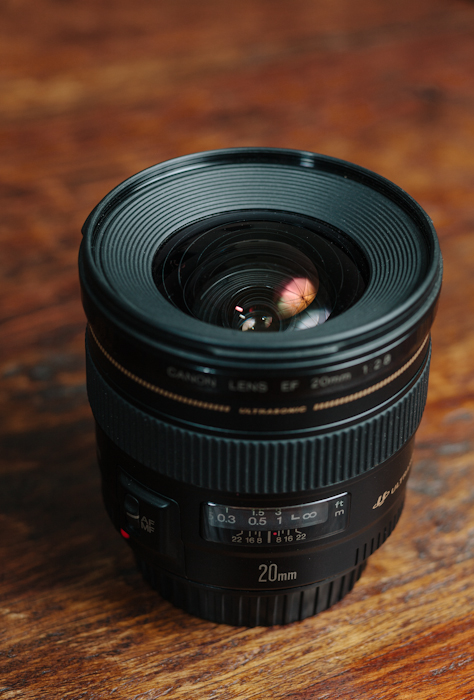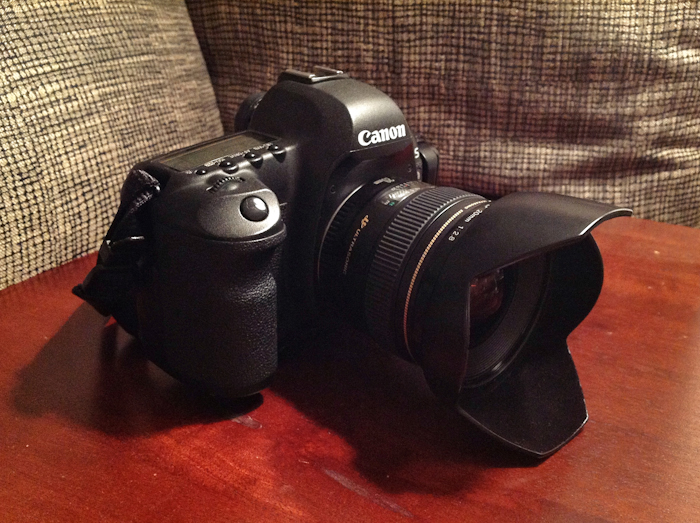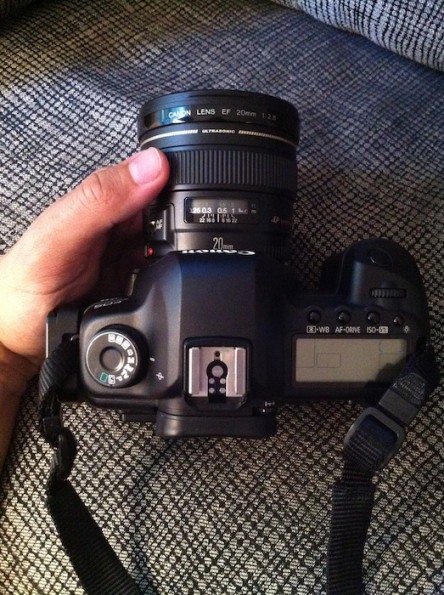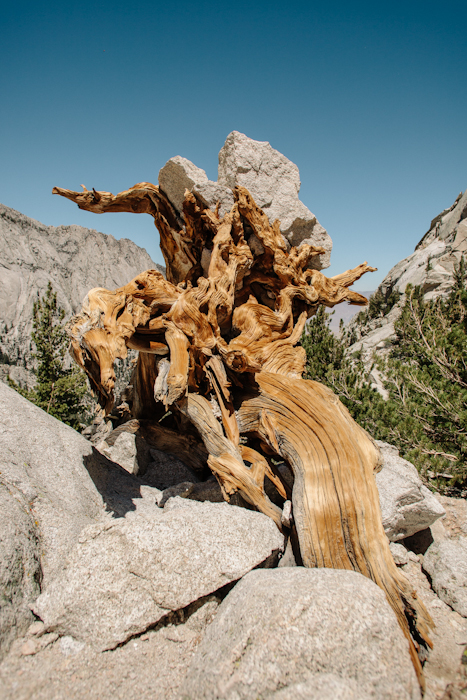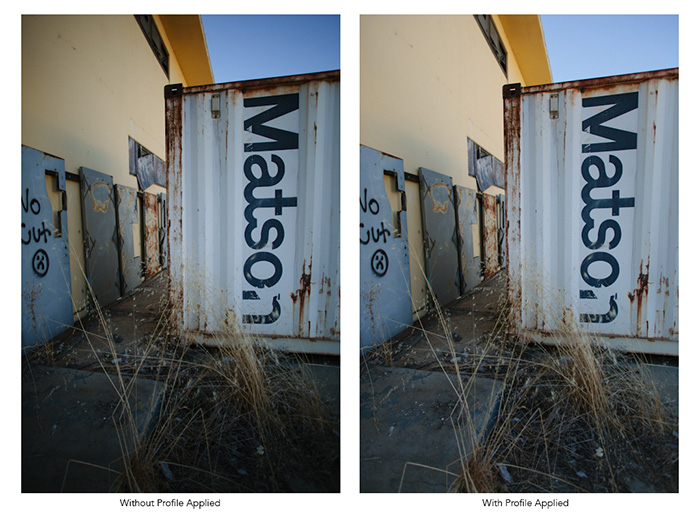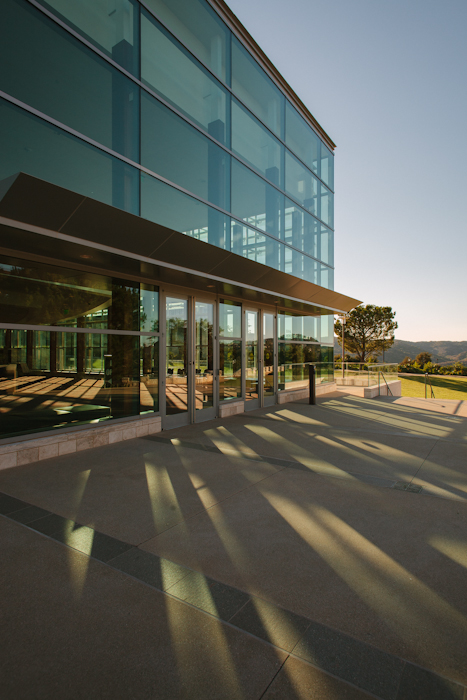The Canon 20mm f/2.8 USM lens often catches a bad rap for being soft in the corners, having horrendous vignetting wide open, and being plagued with an overall lack of contrast. I’m here to tell you why absolutely none of that matters.
Tech Specs
Pulled from B&H Photo
| Performance | |
| Focal Length | 20 mm |
| Aperture | Maximum: f/2.8Minimum: f/22 |
| Camera Mount Type | Canon EF |
| Format Compatibility | 35mm Film / Full-Frame Digital SensorCanon (APS-C) |
| Angle of View | 94° |
| Minimum Focus Distance | 9.84″ (25 cm) |
| Magnification | 0.14x |
| Maximum Reproduction Ratio | 1:7.14 |
| Groups/Elements | 9/11 |
| Diaphragm Blades | 5 |
| Features | |
| Image Stabilization | No |
| Autofocus | Yes |
| Tripod Collar | No |
| Physical | |
| Filter Thread | 72 mm |
| Dimensions (DxL) | Approx. 3.1 x 2.8″ (7.87 x 7.11 cm) |
| Weight | 14.29 oz (405 g) |
Ergonomics
The EF 20mm f/2.8 lens weighs in at a mere 14.29oz (or .89lbs) which means it is very light weight when mounted on your camera. This is significant when you compare it to a lens like the 16-35mm f/2.8L which tips the scales at 1.4lbs (though admittedly it’s not that heavy), and the result is you have a lens you can walk around all day with and not feel burdened by it. With the lens mounted on your camera the focusing ring is also in an ideal position for most any sized hand, this is great if you like to preset your focus manually or if you are using this lens for video purposes on your Canon HDSLR of choice. The focusing ring itself is reasonably wide and easy to grab onto thanks to the rubber grip. The manual focus feel is nothing like a true manual focus lens, but it is adequate enough to get the job done. Thankfully manual focusing on an ultra wide lens is quite forgiving due to the increased depth of field.
The physical size of the lens does not change too much though it does flare out towards the front element though not dramatically. This is convenient for camera bags that have thinner inserts for lenses. (Domke bags, for example). There are a few specific categories of photographers that would find the most use of this lens (in my opinion), let me explain why:
Photojournalism – When covering action or eventful scenes the need often presents itself to “go wider and get closer”, a lens like this is invaluable as it would allow you to travel light and capture the entire scene while being right in the middle of it. A 20mm perspective is wide enough that it can include tons of visual information, but not so wide that you have unruly distortion which can be very distracting in an image.
Landscape – Naturally, wide angles have long held a space in the bag of landscape photographers, and this one is no exception. If you take the time to carefully compose your images to include an interesting foreground / background combination, you can capture some wonderful images with a lens like this.
Architecture – Architecture photographers always need a wide angle in the bag, while exteriors can often be done with a 24mm lens (particularly one like the 24mm f/3.5L TS-E) a 20mm lens gives you more working room to compose your images, it also is incredibly useful for interiors, particularly if they do not have a large amount of space available. The low-distortion characteristics of this lens lend itself perfectly to this category of image-making.
Autofocus
The EF 20mm is equipped with Canon’s USM AF system, which makes it nice and fast. Despite the fact that this lens was originally released in 1992, it still focuses just as fast as today’s USM lenses. I attribute this ability to the fact that the lens is so wide, it does not have to travel very far between MFD and Infinity, so it can do this rather quickly.
In both One-Shot and AI Servo I found the accuracy to be excellent, I have yet to experience any issue with sporadic focusing or front/back focus errors. On my 5DmkII it sits with a 0 on the Micro-Adjustment scale.
Build Quality
Most of Canon’s “Gold-Ring” USM lenses are built fairly well. They use high-quality plastics for the lens body and a metal mount. My copy of this lens exhibits no squeaks or rattles, and I feel confident in its construction. The front element is slightly bulbous, though not as much as some other wide angles and it does not protrude beyond the front filter threads meaning you can still attach any 72mm filter you like. If you are a believer in UV filters you can put one on to protect the front element, personally I don’t bother as I just use the lens hood.
Image Quality
So you’re probably wondering by now, if this lens has such a bad reputation and is covered by zooms in both Full-Frame and APS-C ranges why would I even be interested? Thankfully there are plenty of reasons to be interested in such a lens, and I’m going to break them down for you.
Now for me personally, I am no longer a fan of using zoom lenses. That’s not to say they aren’t useful (because they absolutely have their place), but for the way I work, I just prefer a fixed focal length (prime) lens. I enjoy the lack of complication, the more focused mindset it puts me into, and not to mention the smaller size and lighter weight of most prime lenses! Personal opinions aside, there are plenty of reasons to choose primes over zooms, and vice-versa.
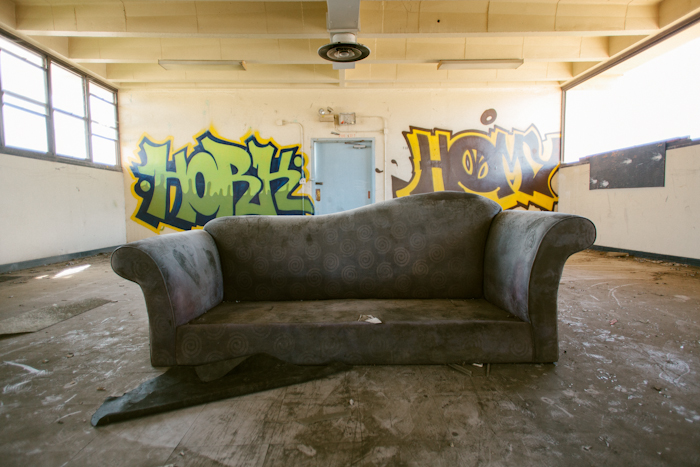
There are a few things I want to address about this lens, and explain the reasoning behind it’s reputation and why it doesn’t matter in the real world. Let’s dispel some myths together:
1) Corner Sharpness – While this is potentially important if you are shooting architecture or landscapes, the reality is that one will often shoot both of these types of images around f/8-11, which by this point the EF 20mm f/2.8 is more than acceptably sharp across the frame (prior to any post-production sharpening methods being applied). When you’re shooting at f/2.8 with this lens you can expect a nice sharp center plane of focus, I mean sure, wide-open the corners are soft, but you also have a shallower depth of field meaning the effect should hardly be noticeable at all, unless you’re pixel peeping… you’re not doing that, are you?
2) Vignetting – Okay, now I will definitely agree that this lens does vignette, from f/2.8-4 it’s certainly noticeable, from f/5.6 onwards it’s barely noticeable (unless you have a lot of empty sky in your frame). That being said, this SHOULD NOT BE CONSIDERED AN ISSUE ANYMORE (yes, that did require all caps). Post-Production software (my choice being Adobe’s Lightroom 4) has gotten SO good in its raw file correction that things like distortion and vignetting are dealt with in a single click. It literally takes you no time at all to correct.
3) Overall Lack of Contrast – While the colors from this lens may not have the exact same tone as images coming from L-series glass, it is definitely right on track with Canon’s non-L USM lenses. For example; the colors I get from this lens are easily equal to that of my 85mm f/1.8 USM. If it’s not enough color and contrast for you, then a quick adjustment in your favorite raw processor should take care of that for you.
To show you how simple this is, I will use an example photo of mine that was taken wide-open at f/2.8 on a 5DmkII. On the left the image has no adjustments, and on the right the image had the Camera RAW profile applied within Lightroom 4 (literally one click). Can you see the difference in the vignetting and overall tonality?
If I had to choose one thing to really ding the lens for it would have to be flare. Unfortunately if the sun, or any direct light source enters the frame this lens will flare. Now, that being said, I don’t feel that it is enough to totally ruin an image, but it is certainly worth mentioning. In short, buy the lens hood.
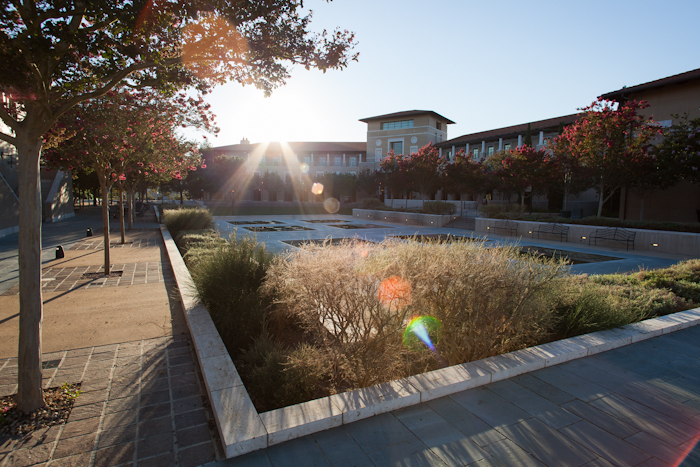
Now that we have addressed the “negatives” of this little lens, let’s discuss the positives!
As with most prime lenses, the 20mm f/2.8 is reasonably small and very light weight, it has minimal distortion effects (though what it has is easily corrected) and excellent center sharpness. One of the other huge, and often overlooked, benefits of this lens is it’s Minimum Focus Distance, a mere 9.8” (25cm) from the subject. That is extremely close my friends! This allows you to get very, very close to your subjects and still include quite a bit of background with it. Let us also not forget the price, as of today you can buy one brand new for $489, that’s not a lot to ask for an ultra wide angle lens in my opinion.
Closing Thoughts
So, in conclusion, I hope I have been able to dispel the negative vibe that seems to surround this wonderful little lens. It is fast to focus, light in weight, and sharp enough for just about anybody, how could you go wrong? I find it to be an excellent value for the price, and I gladly recommend it to anyone looking for a moderately priced, great-performing wide angle lens.
Please Support The Phoblographer
We love to bring you guys the latest and greatest news and gear related stuff. However, we can’t keep doing that unless we have your continued support. If you would like to purchase any of the items mentioned, please do so by clicking our links first and then purchasing the items as we then get a small portion of the sale to help run the website.
Also, please follow us on Facebook, Flickr and Twitter.


